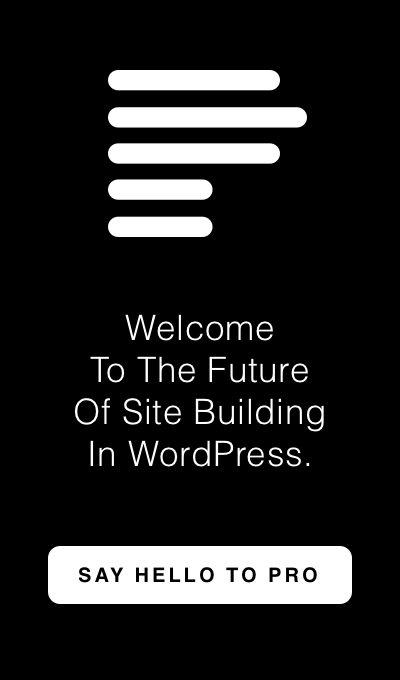Tagged: x
-
AuthorPosts
-
March 27, 2017 at 8:39 am #1421604
Hello! I have a couple questions regarding menus.
I have a menu that has 8 items, and I’m using the Fixed Top Navbar Position. So depending on the screen size, sometimes the menu is too large to fit, and it ends up with some of the items on a second line. This obviously doesn’t look ideal.
I’ve looked through the Typography options, but unless I’m missing something, I can’t find a way to change the size of the menu font. Where is that located?
Also, is there any way to change the font size of the menu, depending on the screen size? In other words, can we adjust the menu font size so that it gets smaller as the screen size gets smaller?
Alternatively, is there a way to adjust when it switches to the mobile menu version, so that it will switch to that rather than having the menu overlap onto a second line?
I hope this makes sense … thanks in advance!
– Blake
March 27, 2017 at 9:10 am #1421649Hey Blake,
Thanks for writing in! This particular situation is simply a matter of reworking your content to properly fit the physical limitations presented by the theme (this is a consideration that must be taken into account with all themes and designs). It is the same principal applied to filling up a room with furniture—there is only so much that can fit into a given space. The following should be considered in these situations:
- Logo Size – longer logos will conflict with navigation items as you size your site down. If you are noticing a conflict, you may need to implement some CSS to size down your logo as viewports get smaller.
- Shorter Names – you should always shoot to have your top-level navigation links be as simple as possible. For example, if your link is “Learn About My Company,” Try using “About” instead. It conveys the same idea and will save you a ton of real estate.
- Rearrange – sometimes we want to put all of our links in the top-level navigation, but not all pages are created equally. Pages of lesser importance that pertain to a parent link might work well as a sub-menu instead.
- Less Links – even on more “complex” websites with lots of pages, there are always ways to combine information together to make things simpler, which also ensures that your user doesn’t have to click around for every granular piece of information. For example, you might have two top-level links called “About” and “Contact,” which could possibly be combined into one. This eliminates the need for extra links and makes things much simpler for your users to navigate. Less is more in information architecture.
- Appearance – fortunately X features plenty of options for adjusting the appearance of elements throughout your site, and the navbar is one of the more flexible elements. Try using a smaller font size if possible to save on a little real estate.
Thanks!
-
AuthorPosts
